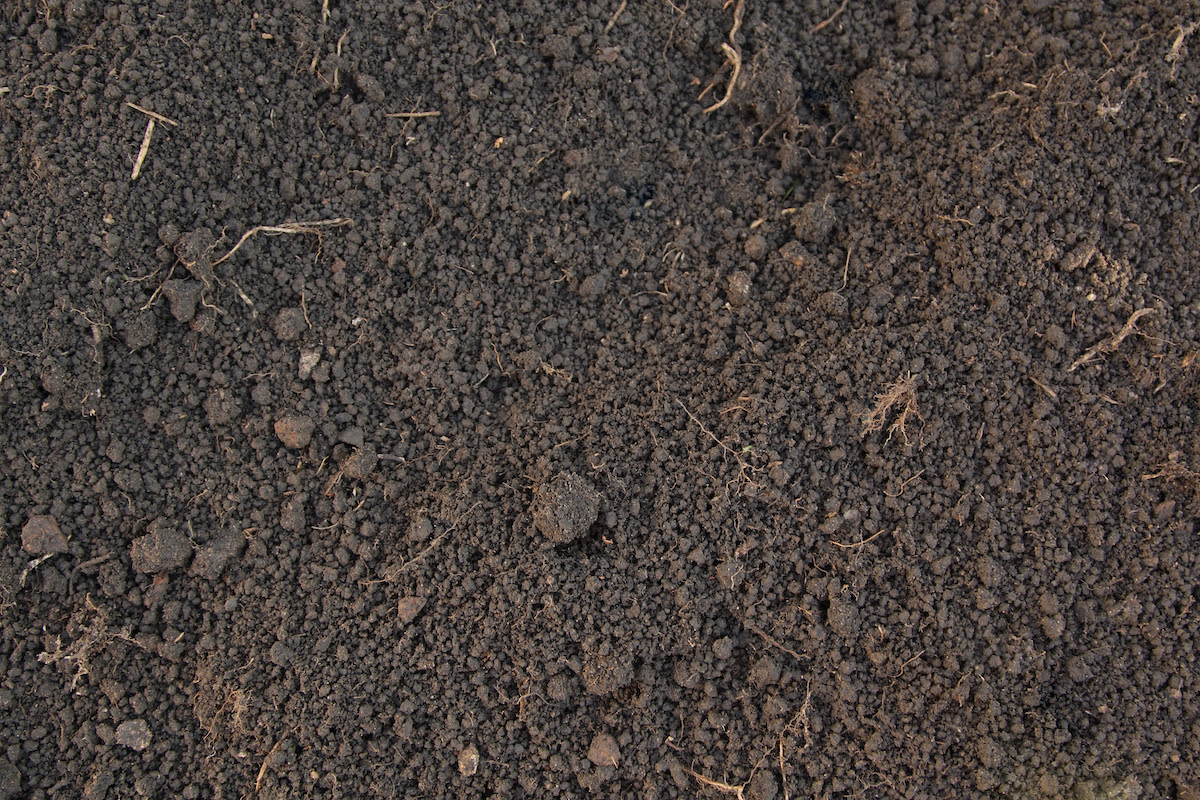What Is Topsoil? 4 Benefits of Using an Organic Topsoil
Written by MasterClass
Last updated: Dec 7, 2021 • 2 min read
Topsoil is the uppermost layer of garden soil and should be rich in nutrients and oxygen for your plants. Learn what topsoil is and how it assists new growth.
Learn From the Best
What Is Topsoil?
Topsoil is a top dressing of nutrient-rich earth that is essential to the overall health and wellness of your garden bed. You can either mix compost and organic materials into your existing soil to create a more organic layer, or you can buy bulk bags of already blended topsoil to create an entirely new layer from scratch.
Topsoil should be well-oxygenated, fast-draining, and conducive to new growth since this is where new seeds will get their start in your garden. In general, you should avoid clay soil for a top layer as it’s very difficult to grow most plants inside of it. Aside from these essentials, you can decide on what elements you want to emphasize in your topsoil based on the plants you anticipate growing. Some plants might require more acidity, whereas others might thrive better in alkaline topsoil.
4 Benefits of Using a Quality Topsoil
Starting with a quality soil rich in organic matter can help your garden thrive. Here are four potential benefits of using high-quality topsoil:
- 1. Healthy plant growth: Topsoil provides a necessary nutrient-rich environment as well as increased water retention for your plant and flower beds. As such, it can lead to lusher landscaping and healthier plant growth overall.
- 2. Fewer bare spots: As a DIY gardening project, consider using topsoil to even out any low spots in your yard. This level playing field will be more pleasing to the eye, distribute water more evenly, and be more conducive to new plant growth.
- 3. Good aeration: As topsoil and its component organic material begins to mix with the rest of your soil, it will eliminate compaction of the garden soil and foster greater soil drainage overall. Good drainage helps adequately distribute both water and oxygen to plant roots.
- 4. Uniform grass beds: While topsoil helps foster all types of plant life, it’s especially helpful when you need to plant new grass seeds. A new layer of topsoil provides a useful and uniform area on which to lay out a new grass bed, such as for a new lawn.
3 Steps to Laying Down Topsoil
To get the best out of your topsoil, you should know how to mix it in with the rest of your garden.
- 1. Add a three-inch layer of topsoil. Introduce three inches of topsoil to your plant bed. Make sure that the topsoil you’ve chosen is high in nutrients and organic matter that will benefit your specific plant life.
- 2. Blend the ground together. Once you’ve added your topsoil to the plant bed, combine it with the subsoil by tilling it until there are about six inches of soil mixed together. This thick layer at the top of your garden will provide ample room for your plants to start setting down root systems.
- 3. Mix in more organic matter. The nutrients and microorganisms in topsoil will eventually permeate the rest of your garden bed. Add more mulch, organic material, and other soil amendments to your topsoil periodically to maintain a healthy garden.
Learn More
Grow your own garden with Ron Finley, the self-described "Gangster Gardener." Get the MasterClass Annual Membership and learn how to cultivate fresh herbs and vegetables, keep your house plants alive, and use compost to make your community—and the world—a better place.
